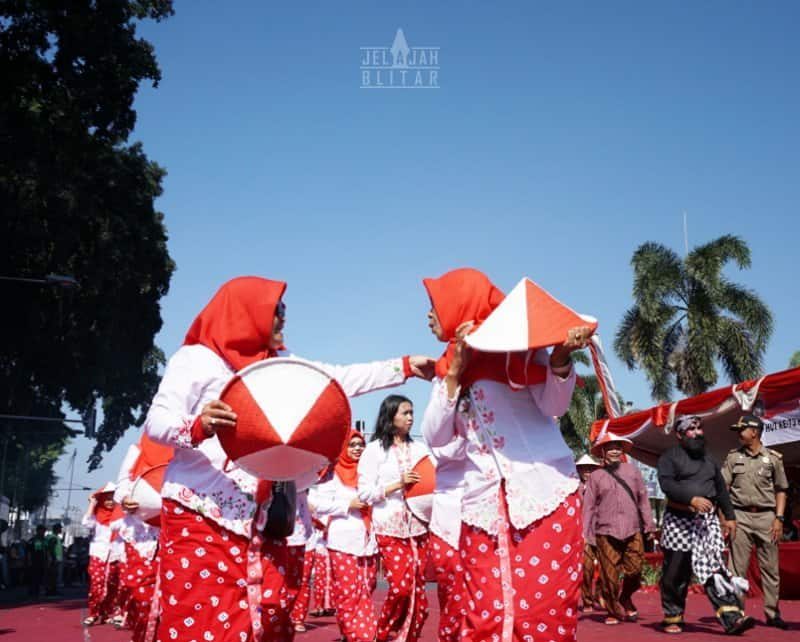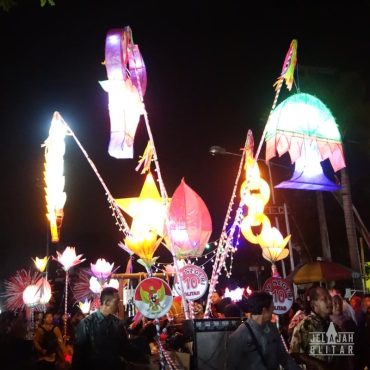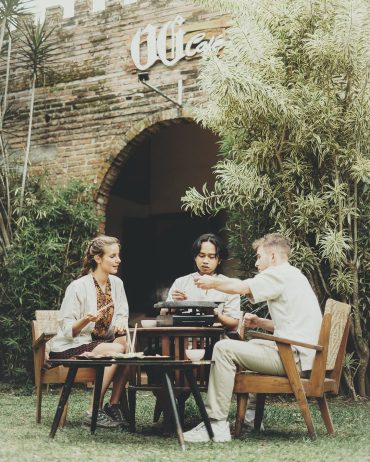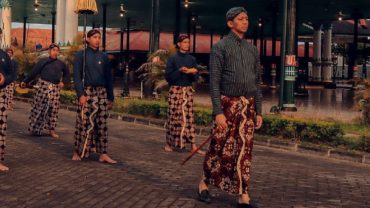Remember joining the 17 August carnival as a child? Have you ever wondered where this festive tradition came from?
Long before independence, carnivals have been a part of human civilisation.
Let's find out its history!
Carnival was originally a Greek spring festival to honour the god of wine, Dionysus.
The Romans later adopted the same tradition, holding feasts in honour of Bacchus, the Roman god of wine, and Saturnalia.
So where did carnival come from in Indonesia?
Nowadays, the annual carnival is not a tradition that belongs only to Indonesia.
Other countries such as China, Germany, the Netherlands and Brazil also celebrate their holidays with similar events known as "parades."
In this context, we will trace the origins of carnival in Indonesia.
Since the proclamation of independence on 17 August 1945, independence celebrations have been held.
However, between 1945 and 1949, when the Allies still dominated, many celebrations were clandestine.
Historian Rukardi notes that the day after the proclamation of independence by Soekarno-Hatta, hundreds of people marched down Jalan Pegangsaan Timur, led by a young man in shorts and a hat, who carried a stick with a red and white flag at the end.
A banner reading "Once free, always free!" stretched behind it. The parade was greeted respectfully by Soekarno in the courtyard of house number 56.
This procession on 18 August 1945 was recorded as the first independence celebration in Indonesia.
According to Rukardi's article in Pantja Raja Magazine on 1 September 1946, the first independence day was celebrated by all levels of Indonesian society.
Houses and buildings are decorated with yellow janur and leaves.
For those outside the Republic, the independence celebrations on 17 August 1946 were tense.
In Jakarta, British police and soldiers tried to block the celebrations at the home of Foreign Minister Sutan Sjahrir, but residents managed to hold the celebration.
The following day, the Tugu Peringatan Satu Tahun Republik Indonesia was inaugurated at Pegangsaan Timur 56.
Full freedom to celebrate independence only occurred after the handover of Indonesian sovereignty in 1949.
On the anniversary of Indonesia's Independence Day on 17 August 1950, people celebrated with great fanfare and openness.
In Semarang, the Indonesian Independence Day celebrations lasted for four days with various events, ranging from a general meeting, film screening, joint prayers, to a parade and the inauguration of a hero's grave park.
In fact, Chinese people participated in the parade by performing the art of liong samsi or lion dance.
Although in 1950 the independence celebrations were already public, Indonesia did not yet have the tradition of carnival as known in Western countries or Latin America.
Celebrations such as independence ceremonies, local and traditional festivals such as Sekaten in Yogyakarta or Bubaran in Surakarta can be considered as early forms of carnival.
In the 1950s, celebrations in Indonesia focused more on tradition, culture and official events.
The concept of carnival involving costume parades and big shows only developed in the late 20th to early 21st century.
In 2001, the Jember Festival in East Java became the first carnival to feature a parade of costumes, art and culture.
It was followed by Carnival Jakarta in 2005, which adopted international carnival traditions.
In the 2000s, carnival became recognised as a means to commemorate the struggle for independence, with parades of traditional costumes, heroes and legendary figures.
Over time, carnivals in Indonesia have transformed into performances that incorporate various cultures.
In the 2020s, after the COVID-19 pandemic, carnivals in Indonesia began to feature sound systems, more diverse costumes, and even the tradition of saweran.
But, unfortunately, this phenomenon often loses its educational essence, which should be part of the spectacle for future generations.
De Karanganjar Koffieplantage as one of the tourism destinations in Blitar that still maintains educational values in history contributed to the carnival activities in Modangan Village some time ago.
Staff/employees wear old-fashioned clothes and props.
This is done to maintain the public's perspective that not all carnivals held nowadays are always associated with negativity.







